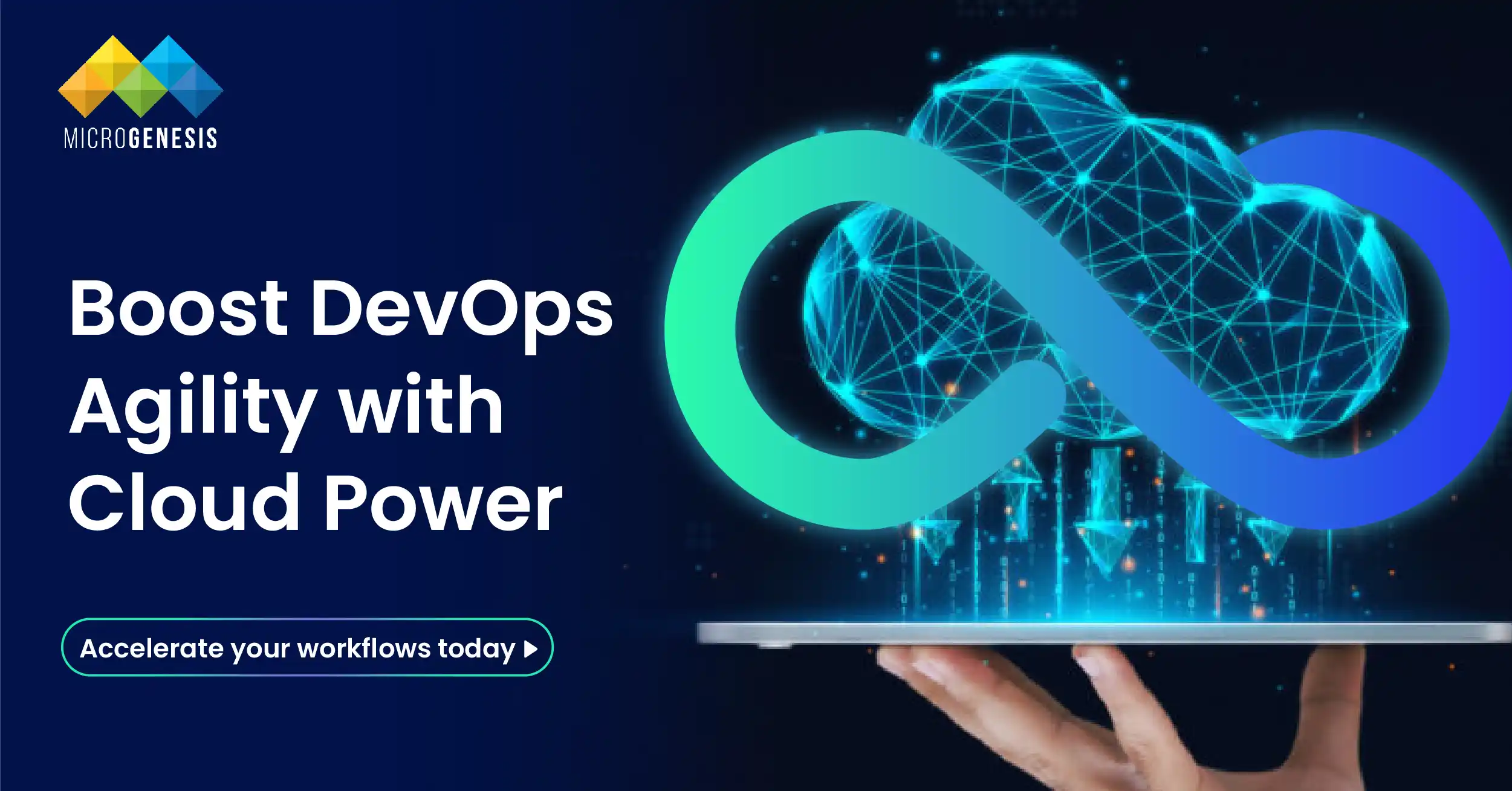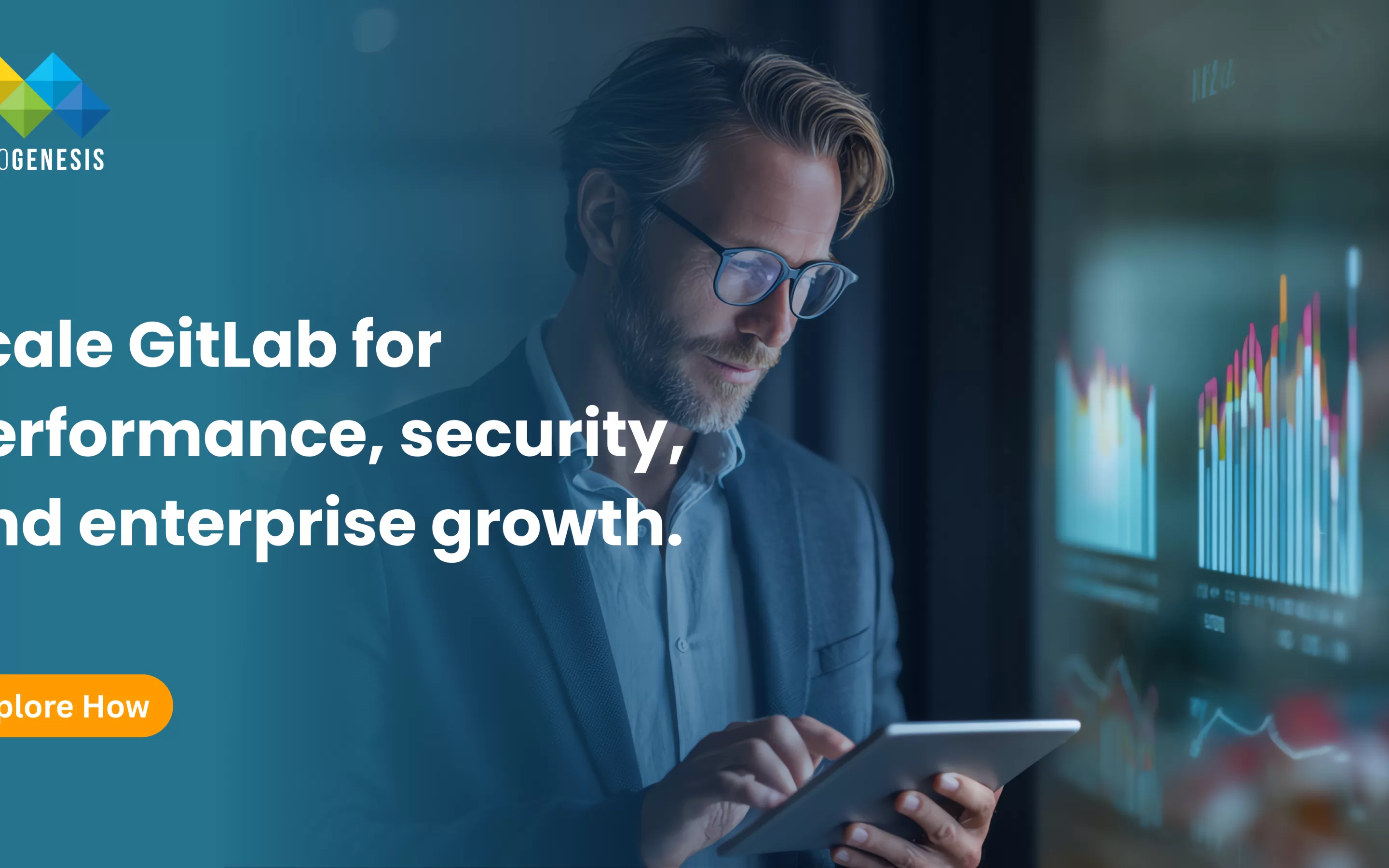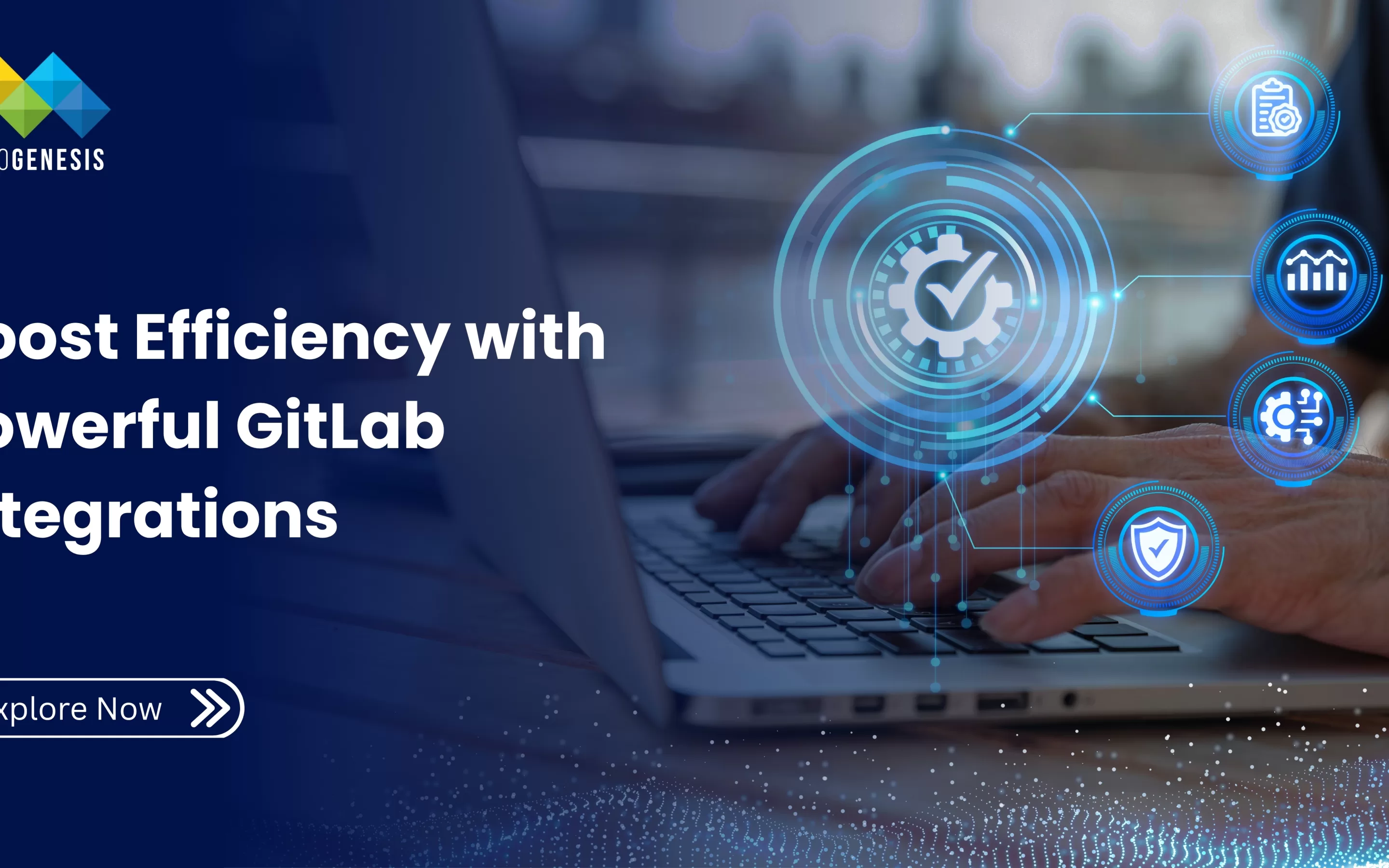In today’s fast-paced digital landscape, organizations are under relentless pressure to innovate quickly, deliver software faster, and meet ever-evolving customer expectations. At the center of this transformation are two powerful paradigms—DevOps and cloud computing.
While each offers immense value individually, when combined, cloud computing and DevOps create a synergy that can dramatically accelerate software delivery, increase operational efficiency, and improve overall business agility. This blog explores how cloud computing enhances DevOps practices and why this combination is a cornerstone of modern IT success.
Understanding the Basics
What is DevOps?
DevOps is a cultural and operational shift that brings development (Dev) and operations (Ops) teams together to improve collaboration, automate workflows, and accelerate software delivery. DevOps emphasizes:
- Continuous Integration and Continuous Delivery (CI/CD)
- Automation of testing and deployment
- Monitoring and feedback loops
- A culture of shared responsibility
What is Cloud Computing?
Cloud computing delivers computing resources—servers, storage, databases, networking, software, analytics—over the internet. It allows businesses to scale infrastructure dynamically, avoid heavy capital investments, and access services on-demand.
Common cloud models include:
- IaaS (Infrastructure as a Service): e.g., AWS EC2, Azure VM
- PaaS (Platform as a Service): e.g., Google App Engine, Heroku
- SaaS (Software as a Service): e.g., Jira Cloud, Salesforce
Why DevOps and Cloud Work Better Together
On their own, DevOps and cloud computing already help modernize IT operations. But together, they unlock even more value:
1. On-Demand Infrastructure Fuels CI/CD
In a DevOps environment, frequent builds, testing, and deployments require infrastructure that can keep up. Cloud platforms allow teams to spin up test environments or staging servers within minutes.
- Example: With Infrastructure as Code (IaC) tools like Terraform or AWS CloudFormation, developers can automatically provision environments as part of the CI/CD pipeline.
- Benefit: This eliminates delays, reduces costs, and allows for faster experimentation.
2. Elasticity Enhances Scalability
DevOps pipelines benefit greatly from cloud’s elasticity. If demand spikes, the cloud can automatically allocate more resources; during low demand, it scales down.
- Use Case: An e-commerce company using Kubernetes on AWS EKS auto-scales pods during high-traffic events like Black Friday, maintaining uptime without overpaying.
3. Integrated Toolchains
Many cloud providers offer built-in DevOps tools such as:
- AWS CodePipeline / CodeBuild
- Azure DevOps
- Google Cloud Build
These tools integrate directly with version control systems, containers, testing suites, and deployment targets—offering a seamless workflow.
4. Improved Collaboration
With cloud-hosted repositories (e.g., GitHub, Bitbucket Cloud) and collaboration tools (e.g., Confluence, Slack integrations), distributed DevOps teams can work together effortlessly from anywhere in the world.
- Benefit: Teams share dashboards, logs, metrics, and alerts across time zones, ensuring round-the-clock productivity.
Key Ways Cloud Enhances DevOps Practices
1. Automation Across the Pipeline
Automation is a core DevOps tenet, and cloud makes it easier by offering:
- Auto-scaling
- Load balancing
- Automated patching
- API-driven provisioning
Whether it’s auto-deploying a microservice or automatically scaling a database cluster, cloud capabilities reduce the need for manual intervention.
2. Infrastructure as Code (IaC)
IaC allows infrastructure to be defined in version-controlled files, reviewed, tested, and deployed like application code. This is especially powerful in cloud environments where APIs can provision and destroy infrastructure in seconds.
- Tools: Terraform, Ansible, AWS CloudFormation
- Impact: More reliable infrastructure, faster deployments, fewer errors
3. Monitoring and Observability
Cloud platforms offer deep observability with tools like:
- AWS CloudWatch
- Azure Monitor
- Google Cloud Operations Suite
These platforms integrate seamlessly with DevOps workflows to trigger alerts, dashboards, and automated rollbacks based on performance metrics.
- Benefit: Real-time visibility into application health, infrastructure performance, and user behavior.
4. Secure DevOps (DevSecOps)
Cloud providers offer security tools that fit natively into DevOps pipelines, including:
- IAM (Identity and Access Management)
- Data encryption at rest and in transit
- Automated compliance audits (e.g., AWS Config)
DevOps teams can embed security scans directly into CI/CD pipelines, creating a DevSecOps model.
Real-World Examples of Cloud + DevOps Synergy
1. Netflix
Netflix uses DevOps and cloud (AWS) to deploy code thousands of times per day. Their system automatically tests and rolls out features with almost no human intervention, using advanced monitoring and chaos engineering to ensure reliability.
2. Etsy
Etsy moved to a microservices-based architecture using DevOps practices and cloud infrastructure. This allowed them to achieve high availability while deploying code multiple times daily.
3. Airbnb
Airbnb runs its platform on AWS and uses a DevOps-driven culture to automate deployments, monitor systems in real-time, and quickly recover from issues.
Challenges and How to Overcome Them
Even with cloud and DevOps, challenges remain. Here’s how to address them:
| Challenge | Solution |
| Toolchain Complexity | Standardize and document your tools; use platforms with native integration |
| Resistance to Change | Provide training, start small, and showcase quick wins |
| Security Concerns | Shift security left—automate scans and enforce policies |
| Cost Overruns | Use resource tagging, budget alerts, and automation to shut down unused assets |
Best Practices for Success
- Use IaC for All Infrastructure
Treat infrastructure as version-controlled code for reproducibility.
- Adopt Containers and Orchestration
Use Docker and Kubernetes for environment consistency and portability.
- Implement CI/CD Pipelines in the Cloud
Leverage cloud-native DevOps services like AWS CodePipeline or GitLab CI.
- Prioritize Observability
Monitor metrics, logs, and user behavior to guide continuous improvement.
- Integrate Security Early
Automate compliance checks, vulnerability scans, and secrets management in the pipeline.
Read More: What is Embedded DevOps? Benefits and Challenges
The Future: DevOps + Cloud = Continuous Innovation
As both DevOps and cloud technologies mature, we’re moving toward intelligent automation, AI-driven observability, and more abstracted infrastructure models like serverless.
This convergence enables organizations to:
- Reduce time-to-market from months to hours
- Scale globally without additional overhead
- Deliver secure, high-performing apps consistently
Conclusion
The combination of cloud computing and DevOps is far more than a technical convenience—it’s a strategic enabler. By using the cloud to power DevOps practices, organizations gain flexibility, speed, reliability, and visibility.
Whether you’re a startup building your first product or an enterprise modernizing legacy systems, embracing cloud-powered DevOps is essential for staying competitive in today’s digital-first economy. With DevOps consulting services from MicroGenesis, a top IT company, you gain the right expertise to streamline adoption, optimize workflows, and unlock true business value at scale.




